How Stems Can Be Used to Underscore Your Indie Films
Jourdan Aldredge
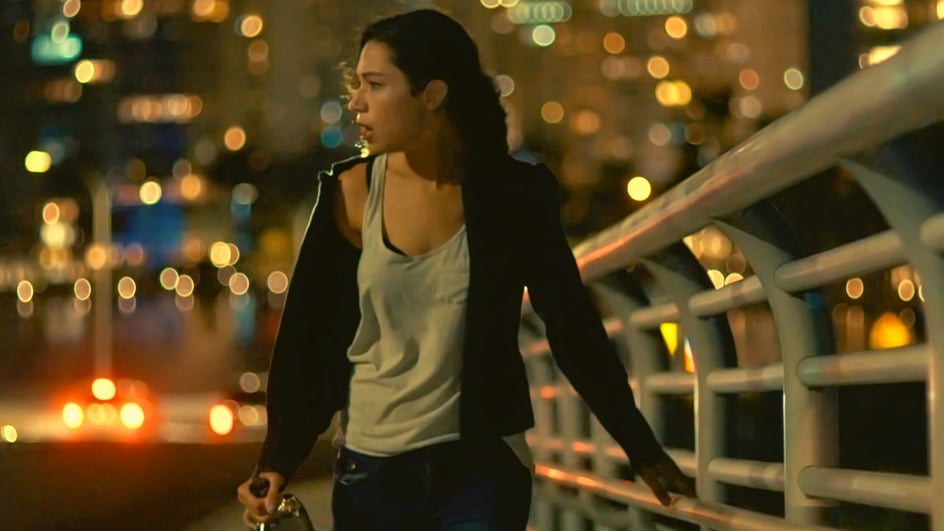
Feb 28, 2023
As many filmmakers find out first hand, there’s a fine balance to find between using a soundtrack to underscore your film, and using your film to underscore your soundtrack.
In some situations filmmakers might be lucky enough to have a composer ready to score a film completely after production has ended — allowing them to craft the music to fill in every thematic scene and beat.
In other situations filmmakers must cut their films to music already arranged, meaning they need to edit their footage to fit into what can sometimes be narrowly defined beats and moments.
However, as we’ve discovered with conversations with filmmakers like KT Curran and composers like our very own Adrian Walther, sometimes the balance is found between the two by using a combination of recorded tracks, customizable stems, and newly composed elements.
In celebration of the premiere of her latest film, Bridge to the Other Side, we interviewed Curran to talk about her filmmaking and editing process, and how she and Walther were able to partner to create a truly unique and powerful underscore for this exciting new independent film.
Soundstripe: Thanks for chatting with us KT! Tell us a little bit about your film Bridge to the Other Side and how you were able to work with Soundstripe composer Adrian Walther....
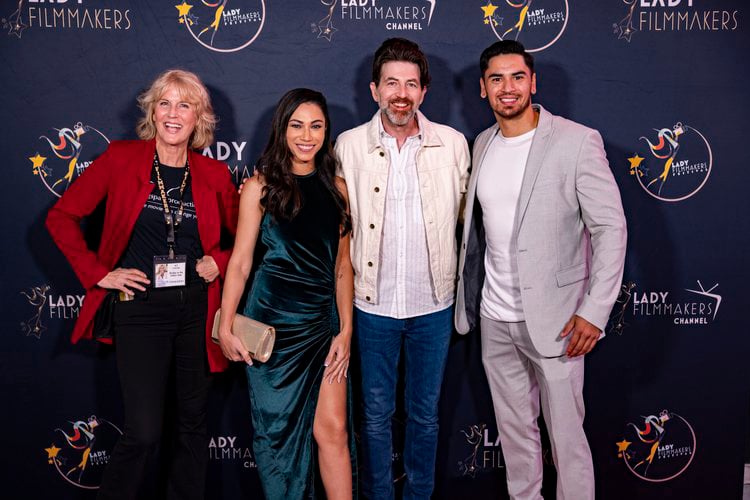
KT Curran: Thank you. I appreciate you giving me the opportunity to talk about the incredible experience I had working with Soundstripe and composer Adrian Walther on my new feature film, Bridge to the Other Side. Making movies is a challenging profession — every aspect of it from conception to completion is intense, requiring a great deal of stress, struggle, and sleepless nights. But working with Adrian at Soundstripe was an absolute creative delight from start to finish.
As a screenwriter, editor, and director of features, shorts, commercials, and documentary projects, I have approached the development of the musical score in different ways, depending on the project. I have hired composers to create completely original scores, and I have also at times purchased already created music from different sites and composers that I work regularly with. I have long been a fan and account holder of the musical catalog Soundstripe. I have had the pleasure of using the great music from Soundstripe on so many projects, so much so that I selfishly don't want too many people to know how terrific a resource it is! I like to think it is music created just for me.
As I began thinking about the score for Bridge to the Other Side, I found myself late one night on Soundstripe, playing through hundreds of songs as I envisioned the story of the film in my head. Bridge to the Other Side is a deeply emotional story about a young woman named Max, married to a firefighter, who loses her husband during the pandemic. In a dystopian world drifting towards collapse, Max tries to find her way out of her grief to live again. The film is a story about first responders, grief, and mental illness. Out of the darkness, Max finds her way to the other side of the bridge of her grief. As I sat listening to the music on Soundstripe that night, I came upon one of Adrian's songs. I instantly felt the movie coming alive in the music. I ended up listening to every song he has on the site, and there are so many. Here was a composer who understood the depth of emotional pain and how to use music to find your way out of it.
Because the film is so complex with multiple storylines, I didn't want to just purchase music tracks and stems... I wanted something more designed specifically for this particular film. I looked up Adrian's contact info and wrote to him, sending him the storyline, stills, etc. Long story short, we connected, and Adrian agreed to our budget and came on the team as our film's composer, creating the score out of a combination of his existing music, as well as original pieces and background music — all blending together into a unique score for Bridge to the Other Side.
Adrian and I live in different cities. I could never have imagined how seamless and fun it would be to collaborate musically together in this way. Each week we would have meetings over the phone to discuss certain scenes, or listen to pieces, and explore what might enhance the work musically and what might help the viewer be taken to where, as director, I wanted the viewer to go. Adrian would send new pieces each week, carefully created to help build the scenes as I was actually editing them. Each new song was like a precious gift. Adrian has such a profound sense of tone, musicality, emotion, and intelligence that he brings to his work… and such feeling for story and character. The process was a joy from start to finish.
By the time the movie was complete, I felt like I had known Adrian forever. We finally met in person at the premiere in Los Angeles, and it was like seeing an old friend. I was thrilled when our film won Best Feature Film. It has gone on to win multiple awards at many festivals across the country and is being invited to screen at national conferences and events. Adrian's music is a huge part of the film's success and couldn't be more grateful to Adrian, Soundstripe, and the entire collaborative experience.
Soundstripe: What advice would you give others looking to find that perfect track to underscore their projects and give them the appropriate level of thematic heft?
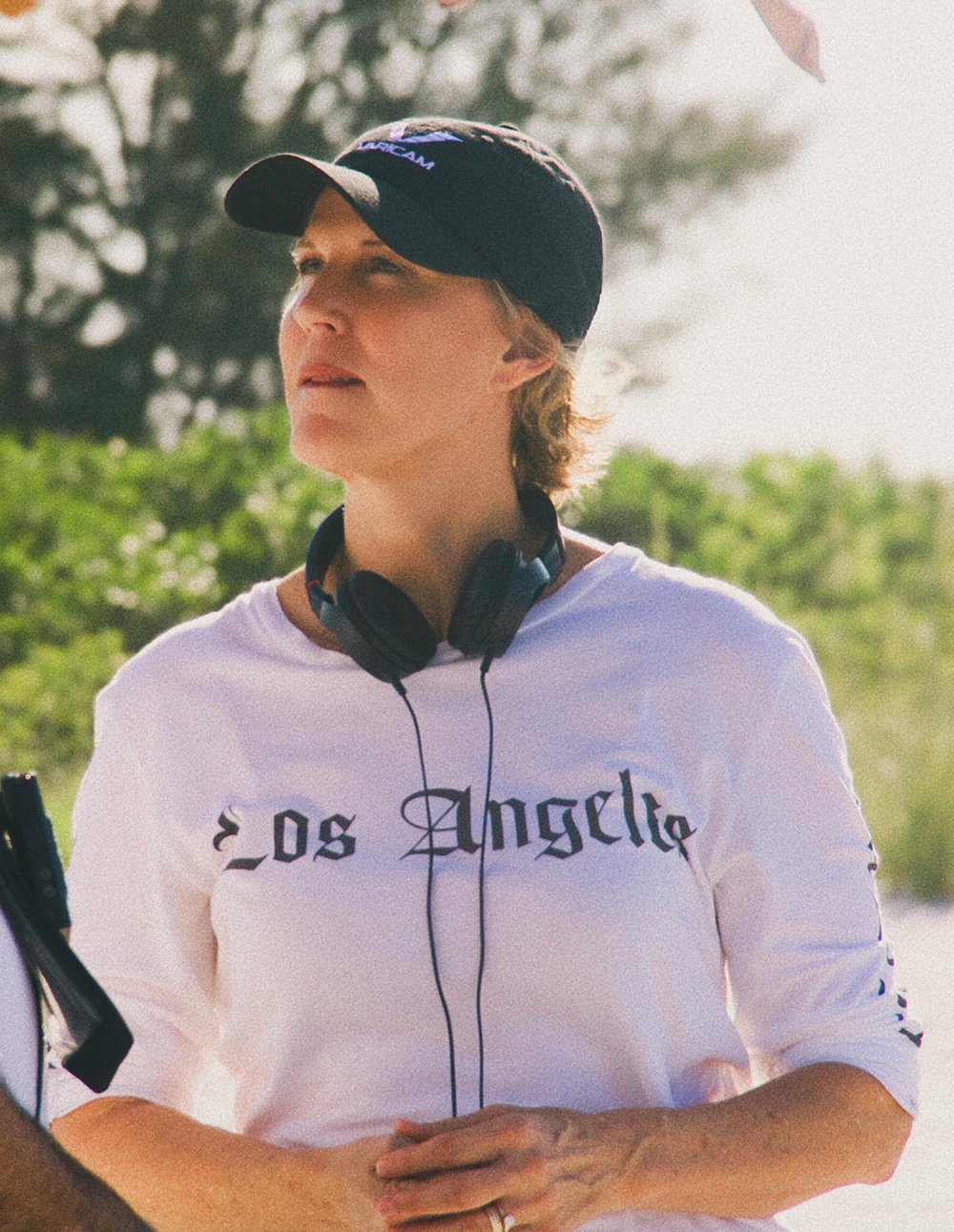
KT Curran: I would definitely advise other filmmakers to check out the incredible library and excellent musicians at Soundstripe. The work is extraordinary and with the collection of music and musical stems, it is a joyful and easy process to create what you need and to time it exactly to your film's requirements. The prices are so in alignment with Indie filmmakers - we are all working on such tight budgets - and to have this level of music at an affordable price is a gift to artists - that's all I can say.
And don't be afraid to reach out to individual Soundstripe artists with collaboration ideas to create something more unique to the needs of your project. I am so grateful to Adrian Walther, to Soundstripe, and to all the fine artists who contribute to their musical catalog. Every film I have made using Soundstripe has been an award winner - what more could I ask for?
Soundstripe: Can you tell us a little bit about your music history and how you came to join the Soundstripe team?
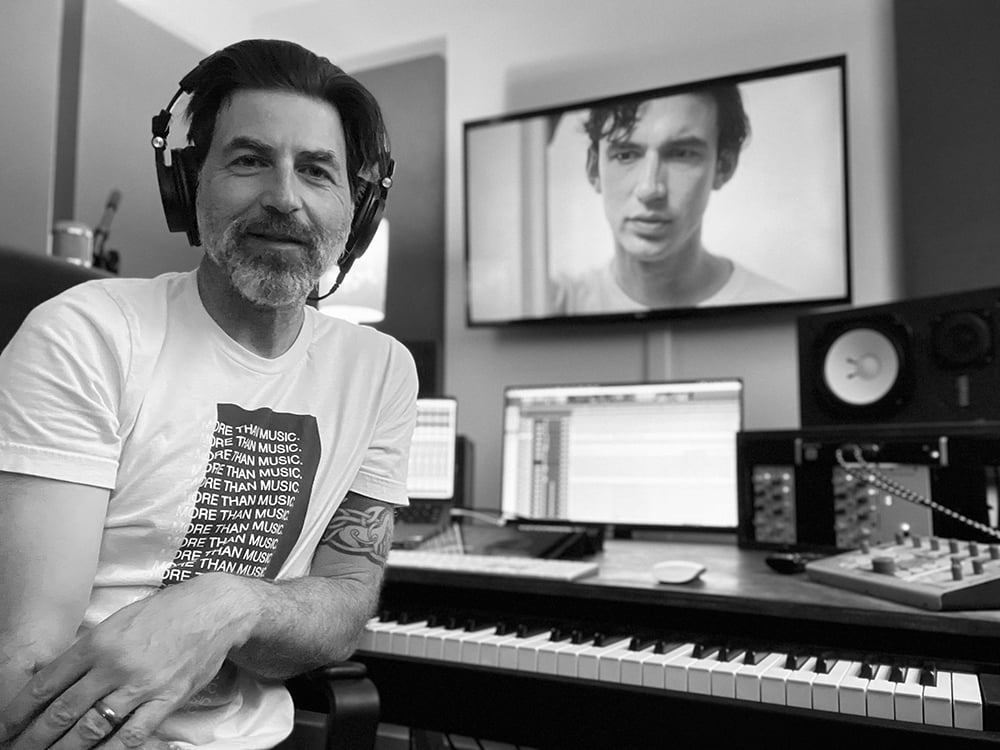
Adrian Walther: I originally started my music career touring and playing on records as a session musician. Years later, while living in Chicago, I decided to dive into the Film Scoring world, doing a lot of short films and advertising, eventually landing features. I met Travis and Micah in the very early days of the company, as they were looking to start building a robust catalog of music to offer clients. I basically said “sign me up”, and gave them what little catalog I had from doing these scores. Eventually this led me to jump on board as a Staff Composer for the company 5 years ago.
Soundstripe: What is your usual approach for crafting music and soundtracks for Soundstripe?
Adrian Walther: My approach usually differs, depending on which Moniker, or genre I’m writing for. For a traditional underscore, I can start with a simple piano progression, adding some other high melodic elements, and eventually writing an orchestral suite. While writing for more acoustic, or Pop, I can start with a rhythmic element, whether on guitar or percussion. In both cases, tempo and song key are pretty crucial. I’m also trying to anticipate what the filmmaker may be wanting, and how they may use this particular piece of music and arrangement.
Soundstripe: What were the unique challenges (and opportunities) of working with KT on the score for her film “Bridge To The Other Side”?
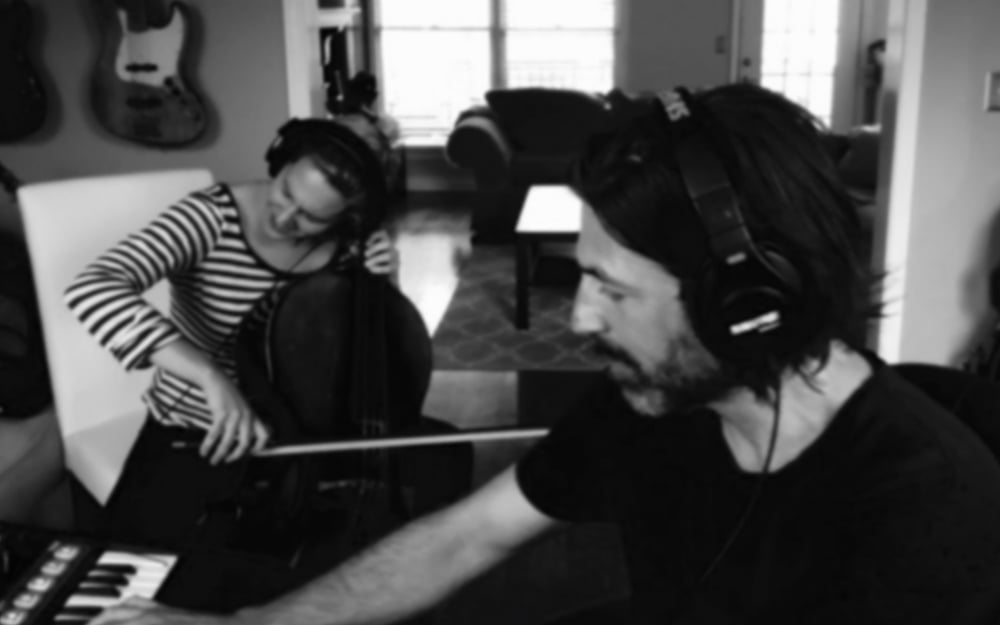
Adrian Walther: I absolutely loved working with KT on this film. KT had already masterfully licensed all of the “Temp” music needed from Soundstripe, so most of the emotional hits were already determined. My job was to work with her on which pieces to keep vs. which cues needed some sort of original scoring. One of the “Challenges”, or “Opportunities” was to try and make these transitions from Temp music to Original score, seamless. This was such a fun process, especially having access to all the stems offered through Soundstripe. We could manipulate, change, and re-mix certain stems so the entire score could sound cohesive.
Soundstripe: If you could give any advice to any filmmakers looking to underscore their own projects with Soundstripe elements, what would you advise?
Adrian Walther: My one bit of advice would be to take full advantage of the stems offered. You can do more than you think. Explore search filters such as “Key” and “Tempo”. This allows for as much manipulation and tweaking that you need, before hiring a Composer if the budget allows. You may only need the pads from one track, while another you may just use the guitar hook. So many possibilities.
For more info on Curran and her film, you can check out her website at Wingspan Productions. And, if you'd like to check out more of Walther's music, you can check out his artist profile here on Soundstripe.